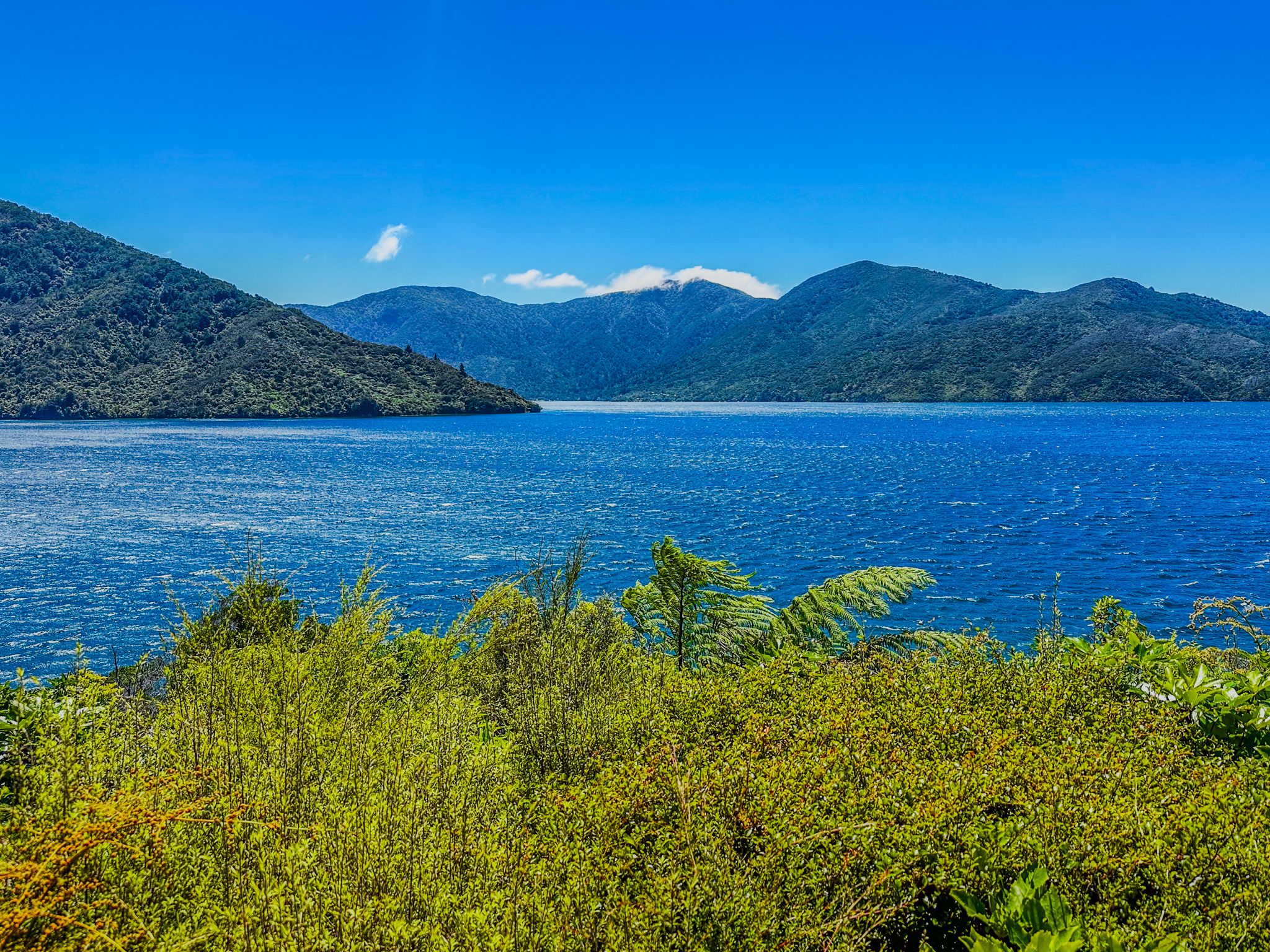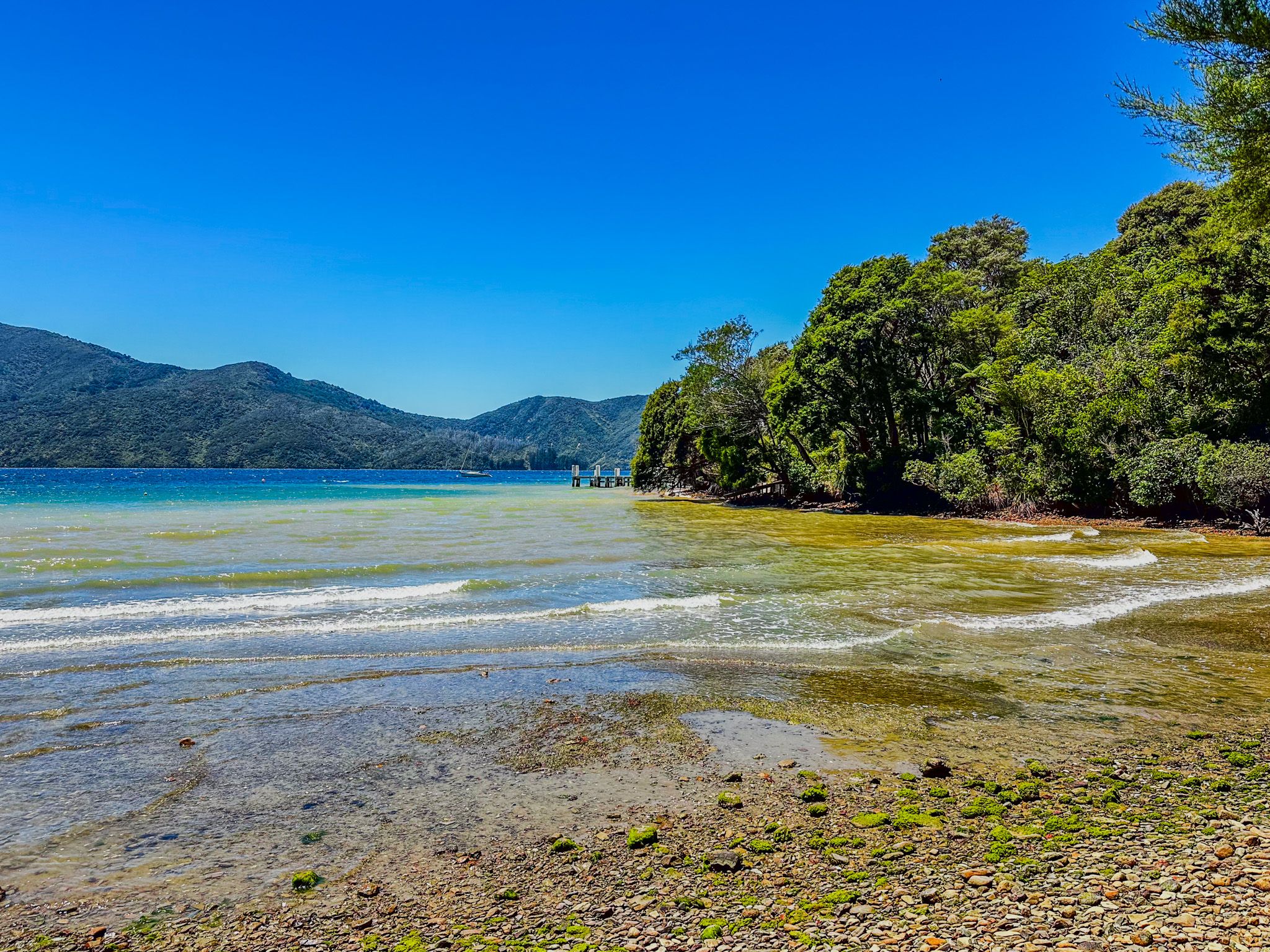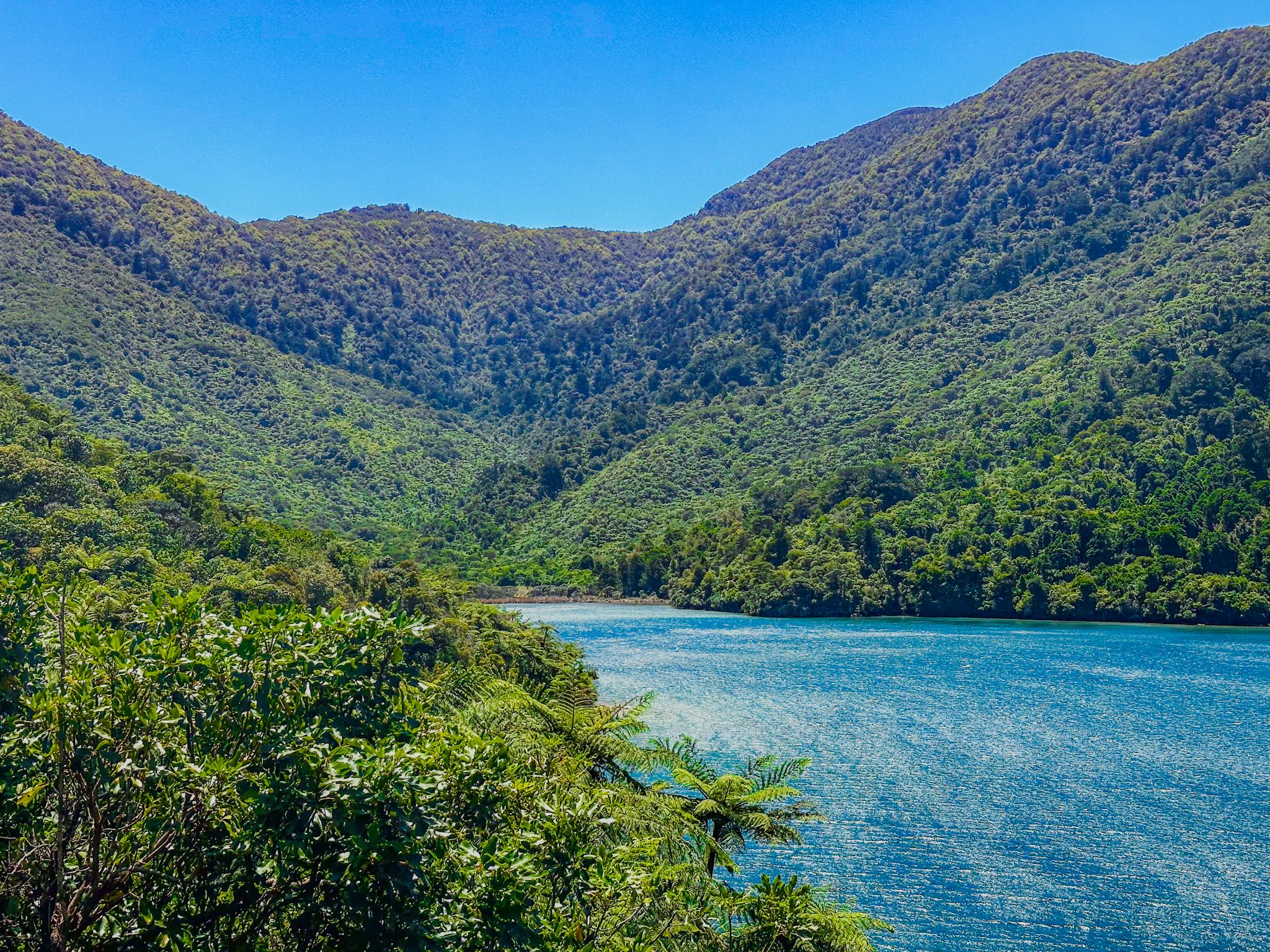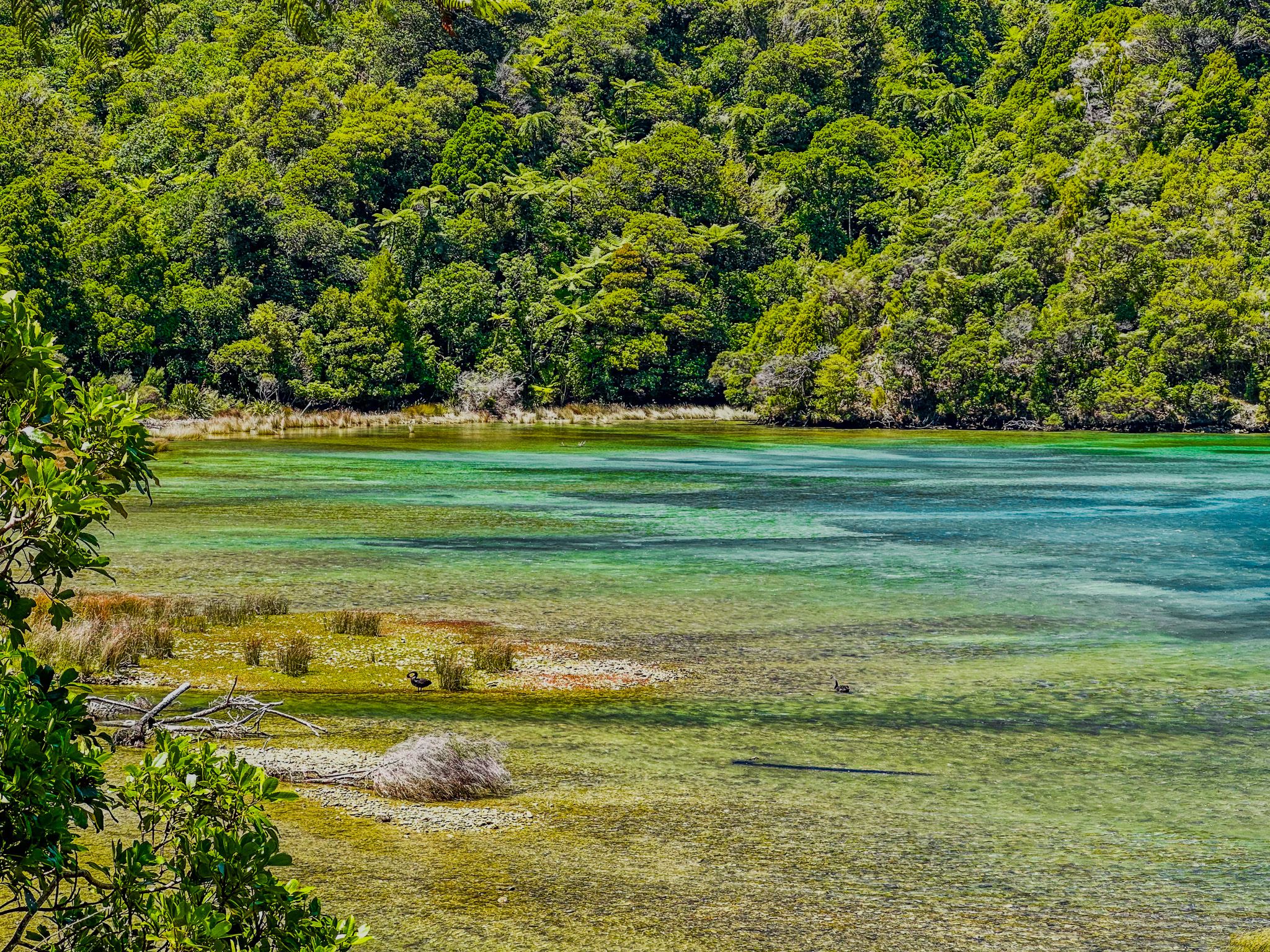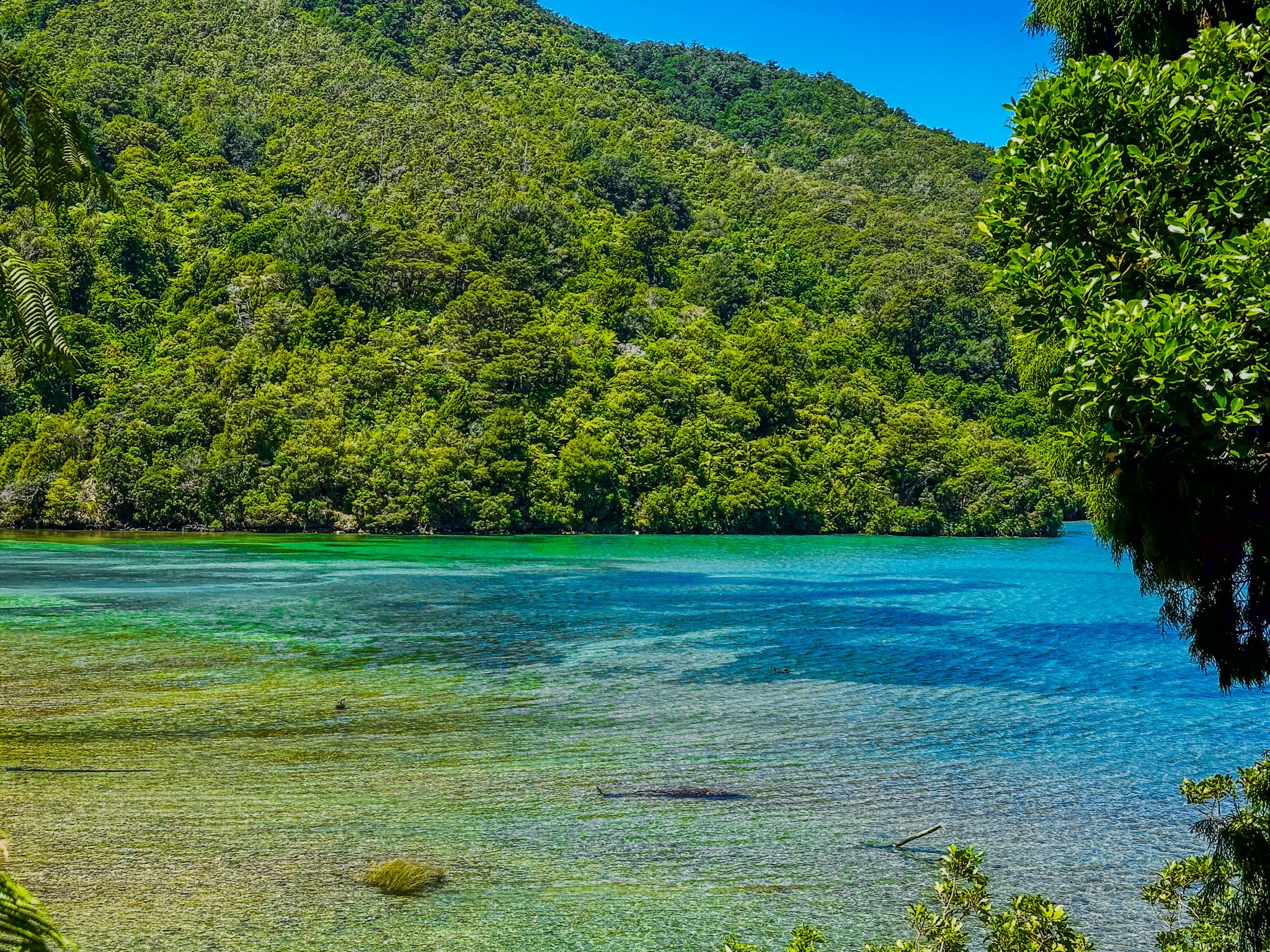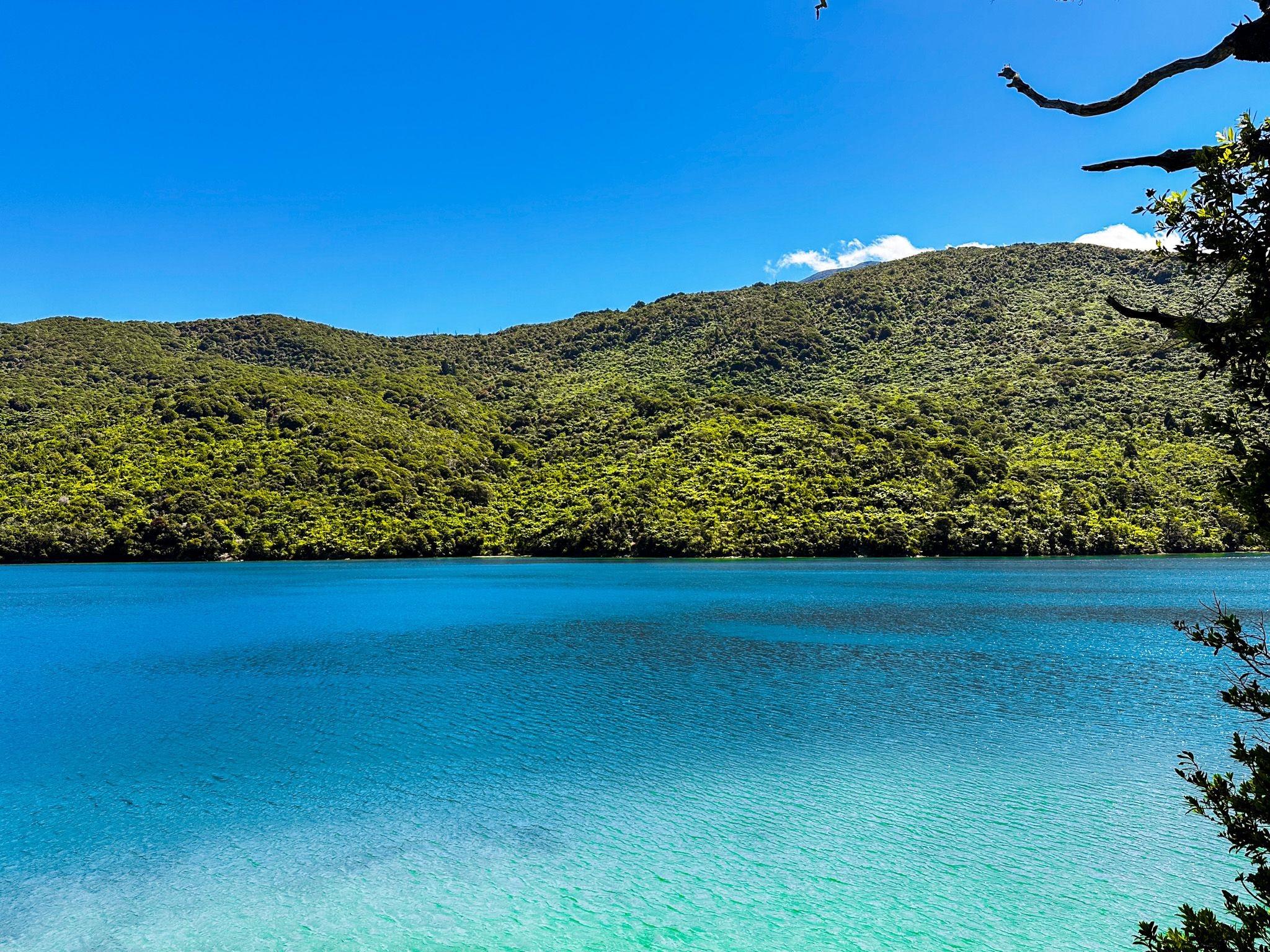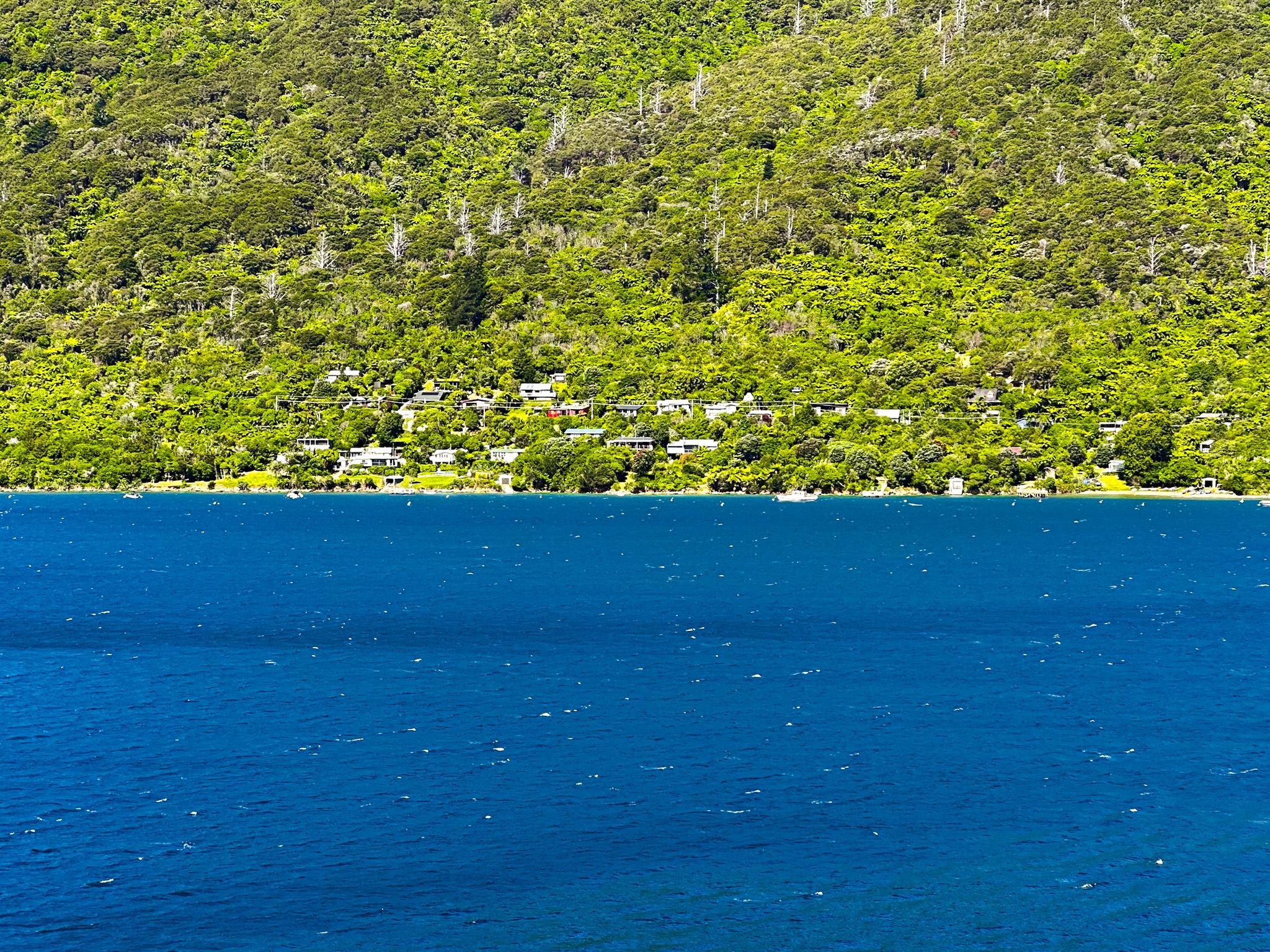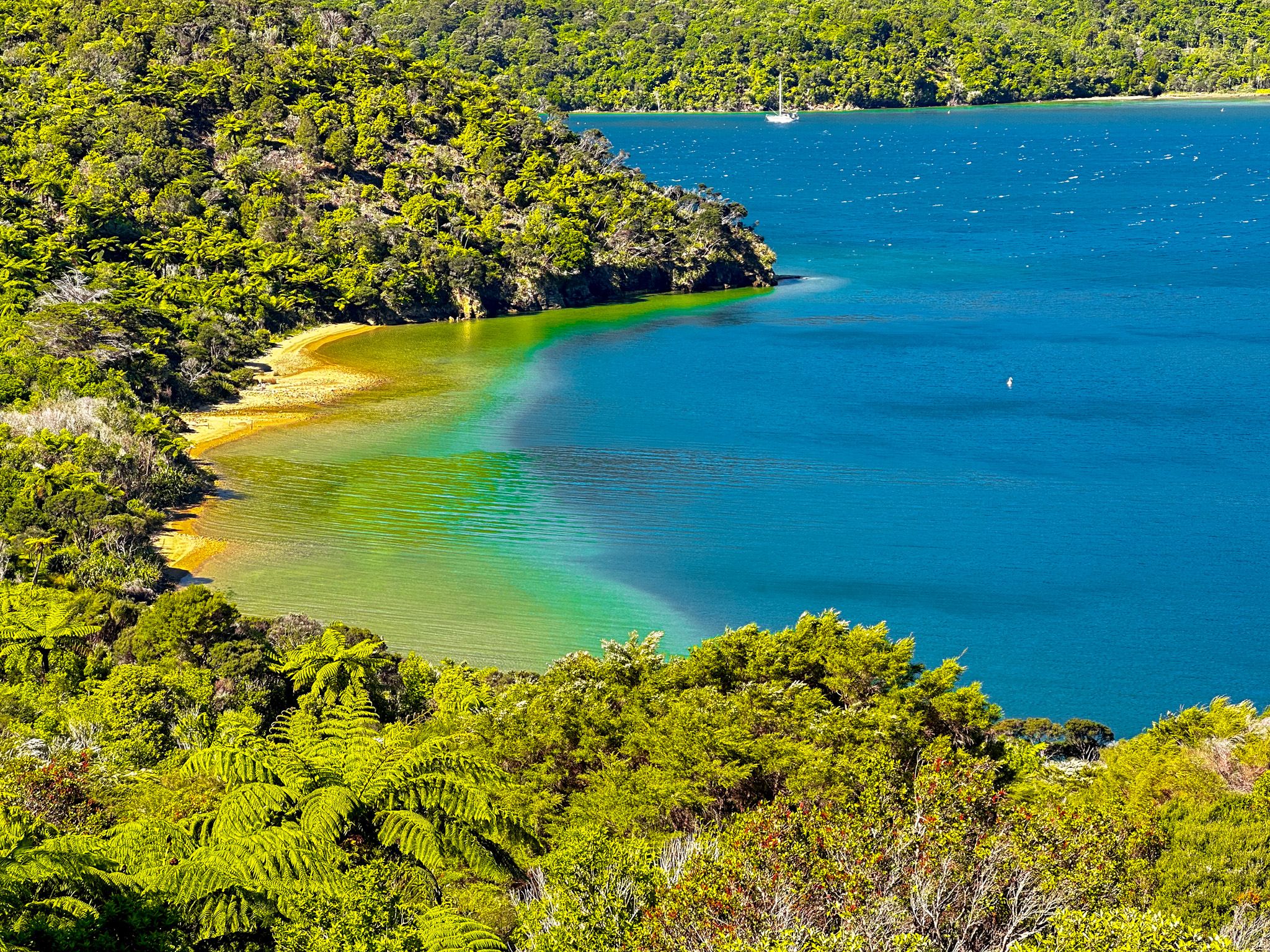Discovering Endeavour Inlet / Panaruawhiti
Endeavour Inlet, also known as Panaruawhiti, is the largest inlet within Queen Charlotte Sound, located at the northeast end of the sound, on the north side. Nestled between Bay of Many Coves / Miritū Bay and Resolution Bay, this inlet offers a unique blend of natural beauty and history. You can enjoy a short stay with boat access, along with day walks on the Queen Charlotte Track, which follows the coast of the inlet. This track is also part of Te Araroa and can be biked.
Accommodation and Activities
Endeavour Inlet is home to two well-established lodges - Furneaux Lodge to the north of The Pines and Punga Lodge at Punga Cove. These lodges offer a variety of accommodation options and dining experiences. For those seeking a more rustic experience, the Department of Conservation (DOC) campsite at Camp Bay, just north of Punga Lodge, is a great option. The walk on the Queen Charlotte Track between the lodges is a perfect day-long activity, with a boat drop off and a walk taking 5 to 6 hours.
Historical Significance
Captain James Cook first visited Endeavour Inlet in 1770, naming it after his ship, the Endeavour. At that time, the area was primarily an ancient forest with seasonal occupation by several iwi. European settlers later cleared much of the forest in an attempt to plant grass, despite the steep and slip-prone terrain. Today, the inlet is witnessing a resurgence of native forest, with 30 to 50 years of regrowth evident.
The Antimony Mining Story
Endeavour Inlet is also known for its mining history. In 1873, a mineral deposit of antimony was discovered, leading to an extended but ultimately unsuccessful mining venture. The mine, located near the 700-metre ridge above the north side of the inlet, was connected to a smelter in the valley by a tramway. You can explore the remnants of this venture by walking the Antimony Mine Track, accessible from the Queen Charlotte Track.
Despite the efforts of several owners over 27 years, the mine never turned a profit. The story ended tragically in 1907 when the last mine manager, Jaketh Wearne, took his own life after failing to reopen the mine. At its peak, the mining community housed 100 men at the top of the inlet.
Getting to Endeavour Inlet
The inlet is accessible via water taxi services and regular mail service boats that operate from Picton, providing a scenic journey through the sound. Once at the inlet, the Queen Charlotte Track offers a convenient way to explore the area on foot.
In addition to a day walk exploring the inlet between the two lodges and the Pines, you can walk between Endeavour Lodge and the start of the Queen Charlotte Track in Meretoto / Ship Cove. The best option is a boat drop off at the start of the track with a walk back.

